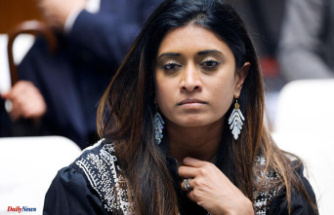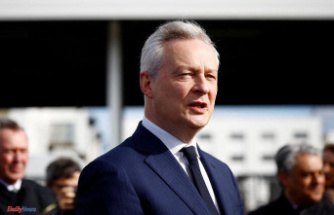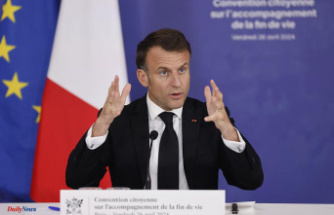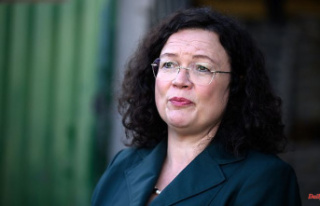According to initial forecasts, the party of incumbent Prime Minister Mette Frederiksen will remain the strongest force in Denmark. But nothing is won yet. Forming a government could be difficult.
According to initial forecasts, Prime Minister Mette Frederiksen's Social Democrats will once again be the strongest party in the parliamentary elections in Denmark. However, post-election polls by broadcasters DR and TV2 in the evening indicated a complicated race for majorities. It is therefore open whether Frederiksen can continue to govern. Former Prime Minister Lars Løkke Rasmussen's new party has been predicted a strong result, while his liberal-conservative ex-party Venstre faces clear losses.
Løkke's new centrist-liberal party, The Moderates, has positioned itself midway between the two traditional political blocs. It is unclear whether the centre-left bloc around Frederiksen's Social Democrats will achieve a majority without Løkke, despite a lead over the centre-right bloc around Venstre boss Jakob Ellemann-Jensen.
If the forecast figures are confirmed during the course of the election evening, Denmark is likely to face lengthy negotiations on future government cooperation. 90 of the 179 seats are necessary for a majority in the Danish parliament in Copenhagen. In the DR forecast, the left-wing red camp initially had 85 seats, the blue bloc led by Venstre 73. Løkke's moderates were forecast 17 seats, which would be decisive for a majority in the case. Two parliamentary seats each are intended for representatives of the Faroe Islands and Greenland, which are officially part of the Kingdom of Denmark.
Frederiksen has led Denmark since 2019 with a social-democratic minority government, which mostly relies on parliamentary support for left-wing parties, for example in the strict immigration policy, but also on votes from the right. This time, the 44-year-old head of government is aiming for a broad, cross-bloc government with parties on both sides. That also applies if her left-wing camp wins a majority again, she said in the last TV debate of the party leaders on Monday evening. However, observers expect that in the event of a red majority, they could also fall back on this camp.












